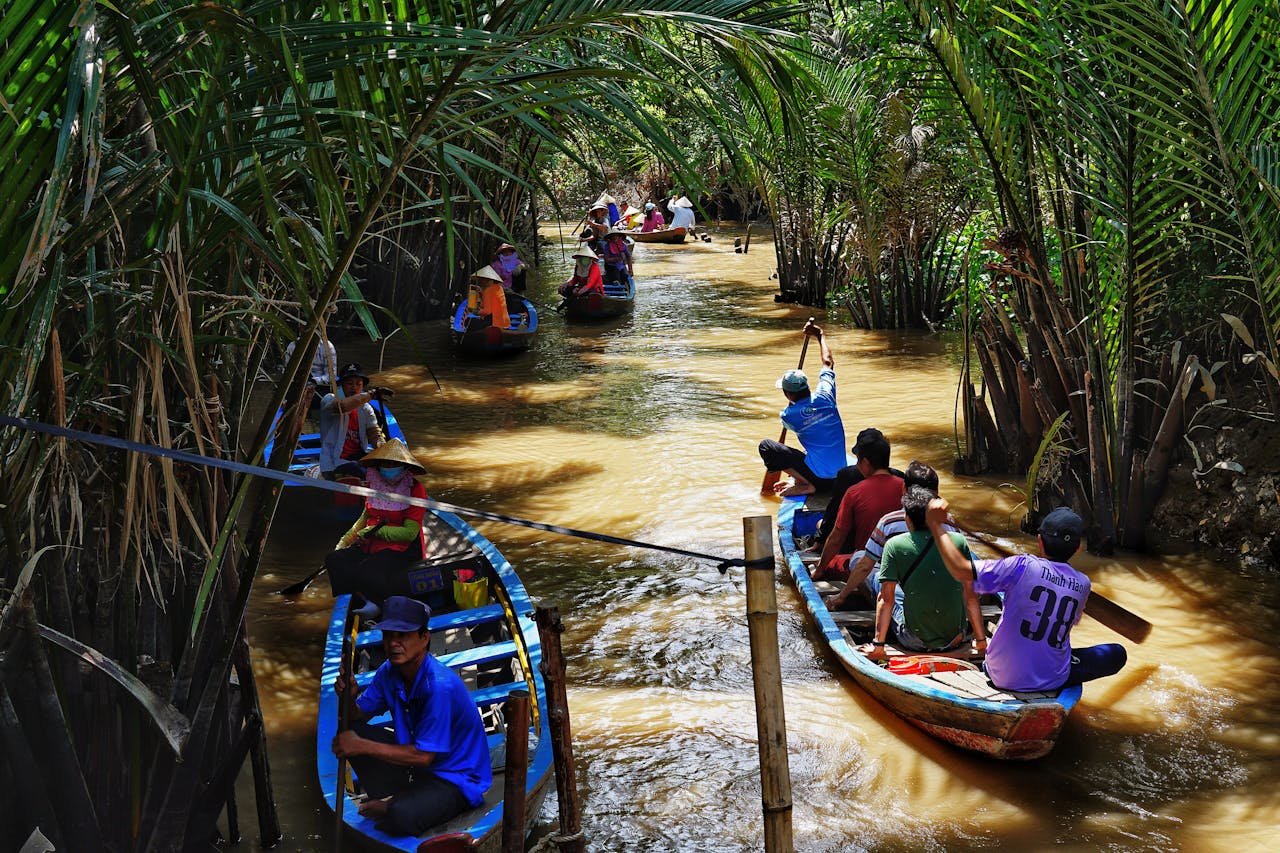Laos is at a crossroads, grappling with a mounting debt crisis threatening its aspirations of becoming the region’s powerhouse.
The small, developing nation embarked on an ambitious infrastructure spree, fuelled by substantial loans, primarily from China, through the Belt and Road Initiative. The goal was to transform Laos into the “battery” of Southeast Asia, with nearly 80 hydropower dams dotting the Mekong River and its tributaries.
However, the revenue from these projects has yet to materialize, while the debt repayments loom large.
Laos’ total government-guaranteed debt reached a staggering $13.8 billion last year, equivalent to 108% of its GDP, with China holding about half of the $10.5 billion owed to foreign creditors.
Is Laos heading for bankruptcy?
The roots of the crisis can be traced back to Laos’ aggressive borrowing to fund infrastructure, a strategy that initially seemed promising as the economy grew steadily through the 2010s.
However, the COVID-19 pandemic exposed the fragility of this approach, leading to a sharp depreciation of the Lao kip and soaring inflation. The World Bank reported an average inflation rate of 31% in 2023, exacerbated by the scarcity of foreign currency needed for debt repayments.
Experts like Kearrin Sims, a development studies lecturer, argue that Laos’ heavy borrowing was unsustainable, particularly due to the reliance on hydropower projects that have become a significant burden on the country’s sovereign debt.
The pandemic’s economic slowdown amplified the problem, highlighting the flawed approach of prioritizing economic growth over sustainable development and poverty alleviation.
According to Roland Rajah of the Lowy Institute, the consequences of this economic crisis are dire for Lao households, with consumer prices nearly doubling.
The urban poor and lower middle classes are hit hardest, their spending power is significantly reduced, affecting their ability to afford essentials like food, education, and healthcare.
Keith Barney, an associate professor at ANU, points out that despite the investment in dams and transmission lines, the state electricity company, Électricité du Laos (EdL), is saddled with 40% of Laos’ public debt. The depreciation of the kip has eroded the value of EdL’s local currency revenue, making it difficult to meet US dollar-denominated debt repayments and operational expenses.
China has been accused of “debt-trap diplomacy,” a charge it vehemently denies, insisting its loans are part of mutually beneficial cooperation. Regardless, the political and economic leverage that comes with such debt is undeniable, as Sims notes.
Laos is now scrambling to raise funds, including borrowing domestically and selling state assets, but these measures are unlikely to stem the tide of inflation or halt the kip’s depreciation.
The country faces the prospect of hyperinflation by the end of 2024, adding to the pressure of external debt repayments.
Is ‘defaulting’ an option?
Defaulting on its debt could be an option for Laos, allowing it to restructure and seek concessional loans from institutions like the IMF. However, the opacity surrounding its loans, especially those from China, makes it difficult to predict the outcome.
As Laos navigates these turbulent waters, the need for substantial debt relief becomes increasingly apparent. The hope of growing out of debt seems like a distant dream, and the reality may require formal debt relief sooner rather than later.
Amidst these economic challenges, a glimmer of hope shines in Savannakhet, where Australian assistance is helping subsistence rice farmers. This small but significant effort underscores the resilience of the Laotian people and their ongoing struggle to overcome the economic hurdles facing their nation.
Source: How Laos’ plans to fast-track development left it facing a debt and inflation crisis
Related Stories:
Why did WHO end the COVID-19 emergency
China is not trapping Africa in debt: foreign minister

